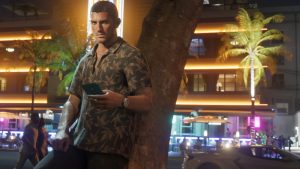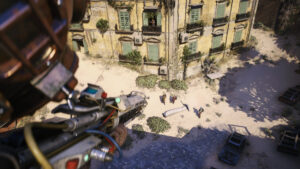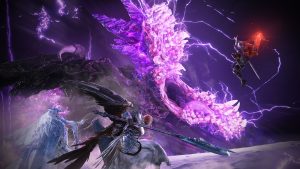
It’s hard to even know where to begin talking about Tears of the Kingdom. There is just so much of it that it defies explanation and belief. Where its predecessor embodied a philosophy and aesthetic of minimalism and restraint, Tears of the Kingdom roundly rejects that and instead goes in the exact opposite direction. More, more, more. More content, more mechanics, more story, more places to explore, more everything. There is so much of Tears of the Kingdom, it can honestly be shocking. It can take a long time to come to terms with it – I am actually still not sure I have.
It’s a staggering amount of content, but it is almost impossible to complain about it because somehow, defying all common wisdom and precedence in the gaming industry, all of it is top notch. Not only top notch – almost all this content qualifies as the best content of its type in any Zelda game (and by extension, any game). Yes, there is very literally hundreds of hours of stuff here, with more than two full sized massive world maps to uncover (plus the sky islands on top), hundreds of shrines, dozens of story quests, even more side quests and side adventures, all manner of activities and NPC interactions dotting the world, more enemy camps to find, a countless number of caves to explore – but it all qualifies as some of the highest quality content in any game. Ever.
This is not hyperbole in the slightest. Take the main story. Breath of the Wild’s main story was extremely simple and straightforward, giving players just enough context to let them frame their own adventures in a broader quest, but otherwise content to take a backseat. Tears of the Kingdom is a far more narrative-driven game than its predecessor, kicking things off with a major story sequence, and then consistently doling out new revelations to the player over the course of its long, massive runtime. Each new development slowly peels back the layers of the game’s central mystery more and more, which only grows more compelling the more you learn about it.
Tears of the Kingdom has arguably one of the best stories in the franchise – while Zelda is not a series that sells itself on the back of its storytelling prowess, it has nonetheless had some extremely memorable outings on that front. Tears of the Kingdom probably has one of the best stories in the series, with some insane ambition and incredible developments that recontextualize the entire series’ long running mythos, and deliver some of the greatest scenes and sequences in its storied history.
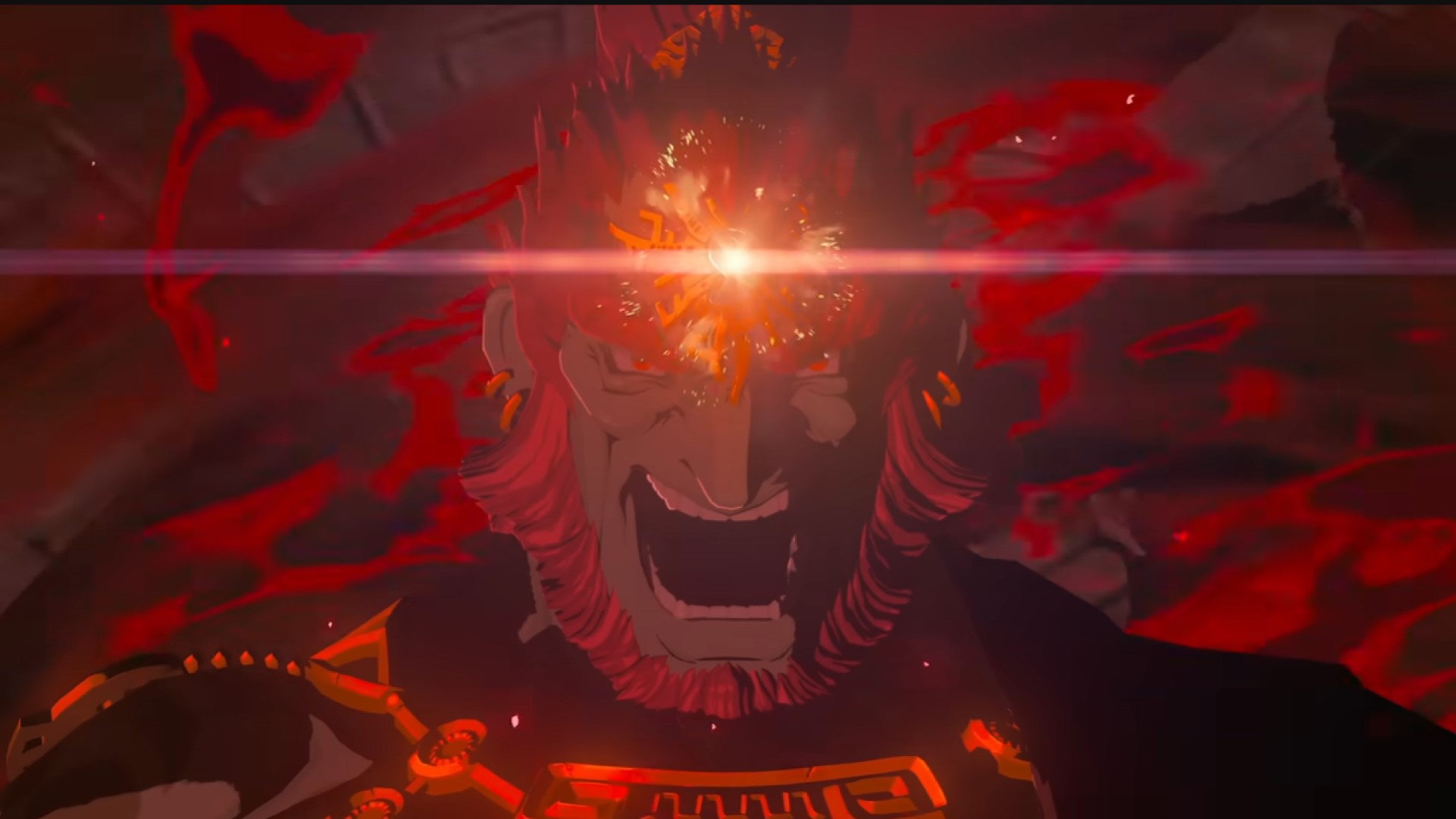
"Tears of the Kingdom has a staggering amount of content, but it is almost impossible to complain about it because somehow, defying all common wisdom and precedence in the gaming industry, all of it is top notch. Not only top notch – almost all this content qualifies as the best content of its type in any Zelda game (and by extension, any game). "
Then there is the world itself – Breath of the Wild’s Hyrule was a desolate kingdom, broken by defeat over a century ago, and accordingly lonely and quiet in its vast expanses of wilderness. Tears of the Kingdom takes place at a time of rebuilding, and the world reflects this. It’s a world that seems a lot more fleshed out and alive, with a lot more going on – NPC quests now span the entire map, and have great narrative setup and payoff most of the time, you can spot makeshift camps and construction crews all over, dynamic NPC events in the wilderness are dime a dozen, and even outside of the NPCs, the world itself is bigger and more alive.
Enemies of opposing factions can often be seen fighting one another, small squadrons of Hyrule’s newly restored military can often be encountered clearing monster encampments, the countryside is now pockmarked with dozens upon dozens of caves for players to go spelunking in (usually populated with unique enemy types and rare resources too), and rumours from one side of the map follow you to the other. It feels like a more bustling and alive world, taking the bones of Breath of the Wild’s excellent Hyrule, and beginning to flesh it out by adding some top grade meat to it.
Fleshing out its predecessor’s template with the follow-up was presumably something most people expected. Breath of the Wild is a landmark game that has, in the years since its release, been celebrated as one of the greatest games ever made, but it achieved a lot of its brilliance and elegance of design by focusing exclusively on its singular vision for what it wanted to be and stripping out almost everything else. You were left with a limitless game and an incredible world, but one that sacrificed a lot to achieve its greatness. Surely now, with the groundwork laid, the follow up would begin to add back in a lot of what Breath of the Wild had held back on.
And in the strictest possible sense, that’s pretty much what Tears of the Kingdom does and is – more Breath of the Wild, but with a lot more stuff thrown in. The same Hyrule returns but it’s been changed up and remixed to almost alarming degrees, recontextualizing the landscapes you spent hundreds of hours in and should know like the back of your hand at this point, so that exploring and uncovering them all over again feels like a joy. But it’s not content to remix the original map to freshen it up for the player, it packs the map so densely with a staggering amount of content at every step that all of this would probably have justified the existence of this sequel by itself.
However, Tears of the Kingdom does not stop here. Now the amount of explorable area has more than doubled because, on top of the gigantic massive map from the first game returning, you also get the floating sky islands. These collectively add up to a hefty chunk of terrain for the player to engage with, and are entirely fresh terrain, with their verticality adding literal new dimensions to traversal and exploration, and posing unique challenges to the player. But not content with having two layers in its massive open world, it adds another, an underground subterranean section as large as the map of Hyrule itself, and with an entirely unique set of mechanics governing it.
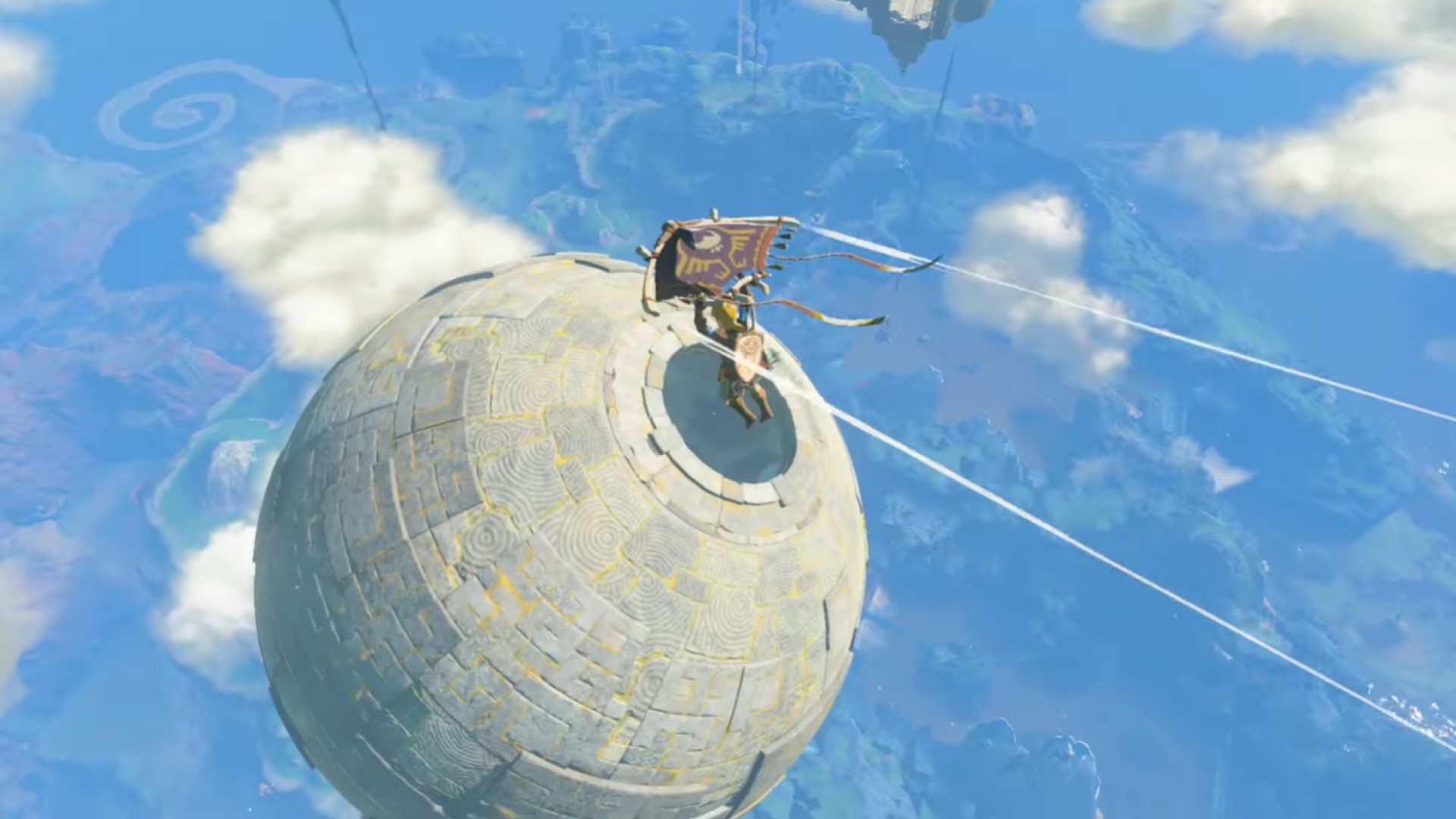
"Breath of the Wild seemed like a limitless game that was always willing to say yes to the player, no matter what they tried and how crazy it was, but Tears of the Kingdom steamrolls the few boundaries and limits Breath of the Wild had, and empowers its players to ridiculous degrees."
It’s this absurd amount of industry leading quality of the content mixed with the sheer mind breaking volume of it that makes Tears of the Kingdom stand out and make such an impression. As I stated earlier, this is a sequel that rejects the central philosophy of its predecessor and goes in the exact opposite direction. Nowhere is that more evident, arguably, than its central set of systems and mechanics. Breath of the Wild gave its players four central abilities, which combined to give you an almost limitless amount of control over how you interacted with the game’s world. In the six years since that game’s release, players have continued to find new and astounding ways to apply that game’s abilities and mechanics in unexpected and delightful ways, giving it a life beyond that of most games in today’s social media age. Tears of the Kingdom throws those abilities out and replaces them with its own, which are so expansive, so vast, and so endlessly permutable and combinable, that they make Breath of the Wild’s look positively quaint and limited in comparison.
The star of the show is obviously Ultrahand, an ability which not only lets you grab and move pretty much anything in the environment, but it also lets you glue it together. Combining this with some ancient technological relics you can find – from the simpler stuff like fans, springs, and sails to the more outlandish ones like flamethrowers, rockets, and literal aerial devices like planes and gliders, lets you make… well, almost anything, really.
Any problem in the game is now limited only by your own imagination and spatial thinking. Crossing a wide chasm isn’t just a matter of cutting down a log to make a makeshift bridge – you can cut down multiple and combine them together to give yourself more stable footing to cross. Or you could combine the logs together, then attach a balloon to them, and add some flames to the balloon, to give yourself a flying raft. Or maybe that’s too slow and low tech for you, and you just throw caution to the winds, grab on a rocket, and launch yourself into the air to glide down on the other side.
Any and all answers are the right ones. Breath of the Wild seemed like a limitless game that was always willing to say yes to the player, no matter what they tried and how crazy it was, but Tears of the Kingdom steamrolls the few boundaries and limits Breath of the Wild had, and empowers its players to ridiculous degrees. You can spend literally hours trying to create contraptions as you try to approach a problem stumping you – but perhaps the best and most impressive thing here is that while the game rewards and encourages creative thinking, it never quite demands it.
Outside of the tutorial area, which introduces the new abilities to the player, the rest of the game is content to let you go about tackling things the old fashioned way. If you don’t want to spend time tinkering with and crafting whatever crazy idea you have in mind to solve a problem, you don’t have to. The game will never demand that you do anything you don’t want to. And in this one way, it stays true to Breath of the Wild’s central ethos of player empowerment and agency.
This toy box style tinkering mentality is pervasive in most other areas of the game as well. For example, of the other new abilities you get is Fuse, which lets you fuse your weapons together. This has the dual benefits of letting a weapon take more hits before it breaks – yes, weapon durability is back, and this time there is even a story explanation for it – but also of giving the weapon some unexpected unique properties you may not have expected. Some of these are obvious – adding a rock to a sword turns it into a hammer, which lets you deal blunt damage, while combining two sticks turns them into a long polearm, allowing you some quicker attacks from a ranged distance.
But, as with Ultrahand, Fuse really comes into its own when you decide to get clever with it. In one of my earliest experiments tinkering with Fuse, I combined a flamethrower to my shield – this meant that any time I was shielding myself, I was also burning my enemies to cinders. There was also the time I attached some meat to my arrows, which apparently distracted all the enemies in a camp as they ran to grab the food for themselves, allowing me to get some sneaky strikes in, and the time I attached a fan to my sword, which had the hilarious side effect of literally blowing my enemies away every time I swung my blade.
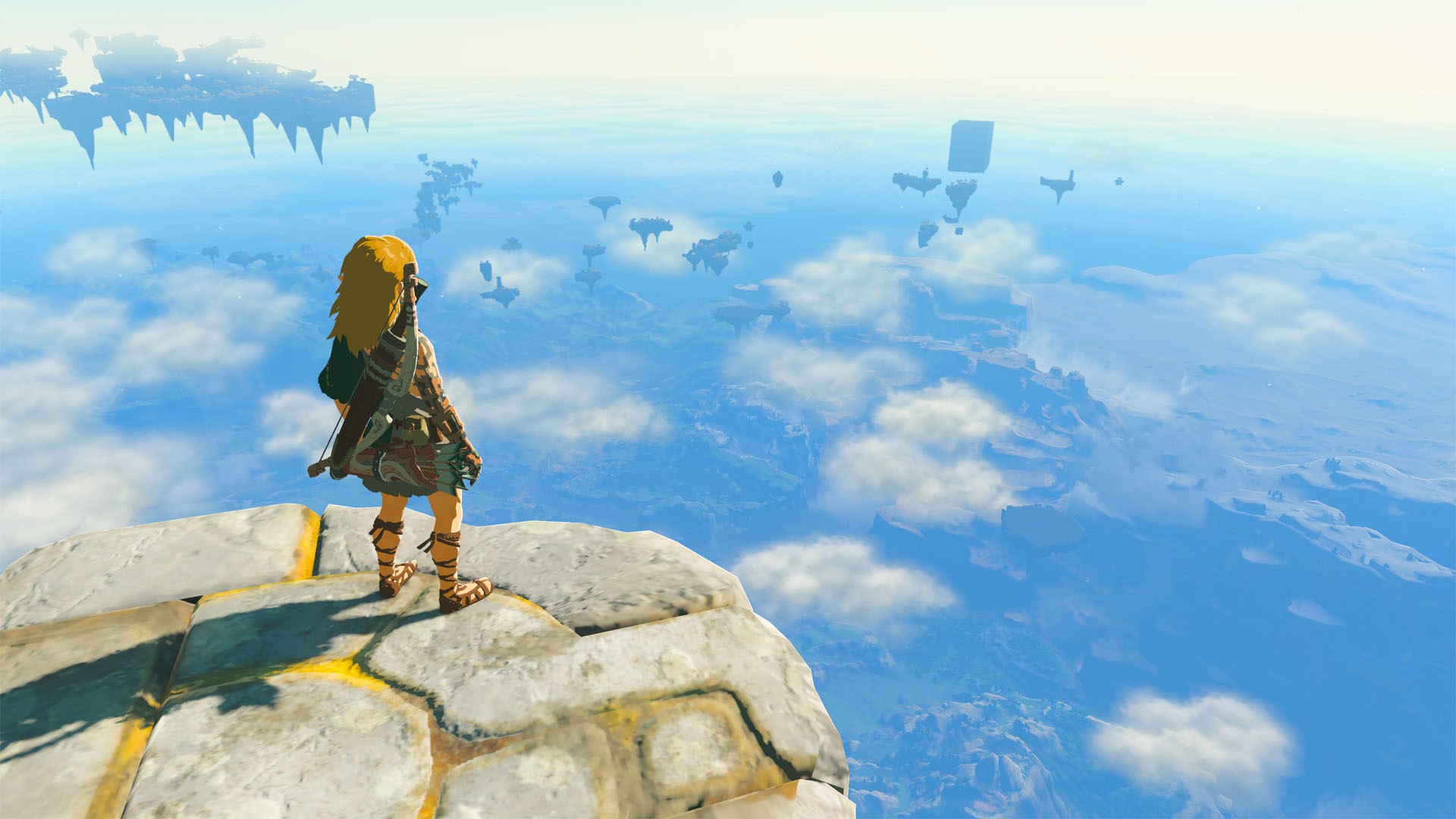
"All of Tears of the Kingdom is built on this core principle of giving its player some very strong powers with some very obvious and immediate benefits, but ones that can be stretched beyond what you’d expect if you really put your mind to it."
All of Tears of the Kingdom is built on this core principle of giving its player some very strong powers with some very obvious and immediate benefits, but ones that can be stretched beyond what you’d expect if you really put your mind to it. One of Tears’ most powerful abilities is Ascend, which quite literally lets you just… jump up through any ceiling above you and emerge on the surface on top. For a game with as much verticality as Tears, this can be a game changer. For a game that is following up on one that emphasized vertical traversal as much as Breath of the Wild did, it can be game breaking.
But Tears is smartly designed to prevent you from trivializing its world traversal with Ascend too much. And at the same time, it is designed to accommodate the savvy or enterprising player who will want to push Ascend to is limits anyway. For example, in one memorable shrine early on in the game (yes, shines are back, there are more of them than in Breath of the Wild, and they are, across the board, significantly better), I was tasked with manipulating a gigantic irregularly shaped object into a certain orientation so that it would form a series of platforms that would let me climb my way up and get to the top, where the end of the shrine was.
Rather than spending time fiddling with the correct orientation too much, it occurred to me that if I positioned it a certain way, a certain part of the shape would technically become a “ceiling” above me, and would be aligned with where I needed to get to to complete the shrine. So I placed the shape down that way, and lo and behold, I was able to use Ascend to bypass the entire puzzle and finish the shrine. I had decided to combine the mechanics in a way probably unintended by the designers, and thought out of the box to cheese the game – and not only did the game allow that, it rewarded me for it.
This is, of course, the same delightful sense that made Breath of the Wild so beloved, but Tears of the Kingdom’s mechanics are far beyond that game’s in terms of their expansiveness. This is a game that does not say no. To any question that the player might ask, it will respond with “sure, try it”. And when you do try it, you will almost always be rewarded – if not with the thing you want, then at least with a hilarious death as your plan backfires in the most unexpected of ways.
It’s these new mechanics, with their limitless potential, interacting with the same incredible physics and chemistry engines underlying Breath of the Wild, that make Tears of the Kingdom feel so staggeringly mechanically expansive and extensive. There are so many given permutations and combinations for any problem that no two parts of the game ever feel the same.
“Sameness” was an issue in Breath of the Wild. Not mechanically – as mentioned, mechanically it was endlessly inventive. But it did suffer from recycled enemy models (it had the lowest enemy variety in the series to date, while having the largest world, which only exacerbated the problem), recycled aesthetics for interior and subterranean environments, recycled boss fights, and recycled dungeon aesthetics for the Beasts (we’ll get back to these in a second).
Tears of the Kingdom addresses this problem and almost totally resolves it. While shrines all still look the same, the new aesthetic is more visually stimulating than the older one was. The enemy variety is massively expanded, not only reintroducing some popular and obscure series enemies into the menagerie (from Like-Likes to Gleeoks, the latter not having made an appearance in a console Zelda game since the original), but also adding new ones (such as the Zonai constructs, and all their variations).
Boss fights too are no longer just a variation of the same “Blight Ganon” fight from Breath of the Wild. Instead, each story boss is unique, and a spectacular set piece in and of itself, requiring you to approach and beat it in a very classic Zelda way of identifying the weak spot, then identifying what will hit it best, and trying to dodge its increasingly aggressive attack patterns.

"The enemy variety is massively expanded, not only reintroducing some popular and obscure series enemies into the menagerie (from Like-Likes to Gleeoks, the latter not having made an appearance in a console Zelda game since the original), but also adding new ones (such as the Zonai constructs, and all their variations)."
And then there are the dungeons. Yes, dungeons are back. But I’ll be upfront – if you wanted dungeons to resemble the controlled linear Metroidvania progression structure of finding a new item that lets you traverse it in new ways and take on combat encounters within it in new ways, before finally fighting a boss that requires mastery of that item? You’re out of luck. That template for dungeons simply does not work in the new open, freeform format the series now espouses. Instead, dungeons build upon the Beast concept.
This isn’t actually a bad thing – the Beasts in Breath of the Wild weren’t bad conceptually, the issue was in their execution, and in their extremely short length which meant that they never quite had the chance to build on themselves and layer on complexity like past Zelda dungeons had. Tears of the Kingdom takes what did work about the Beasts (their non linear progression and their requirement that the player understand them as a three dimensional space), and throws out everything else. Instead, it applies those strengths to what players loved best about traditional Zelda dungeons.
Gone is the same, repeated, bland interior aesthetic for the dungeons. Each dungeon is entirely uniquely themed, with a startling sense of place and atmosphere, and unique, memorable music. Each dungeon is tied to some unique lore or storytelling, which is conveyed not just via the quests that lead you to it (usually these quests involve some spectacular set piece moments), but also by the dungeon interior, its architecture, and even its music. If what you loved most about past Zelda dungeons was their unique aesthetic and atmosphere and environmental storytelling, you are in luck, all of that is back, and arguably better than ever before. But if you were looking for the lock and key progression style to return, well, you’re not going to find that here – and that wouldn’t make sense with Tears’ freeform nature anyway.
Elsewhere, too, Tears addresses a lot of the complaints levelled against its predecessor. In addition to the dungeons, boss fights, enemy variety, and the renewed emphasis on the story, Tears of the Kingdom also cleans up a lot of minor QoL for Breath of the Wild’s menu and inventory issues – for example, you have a cookbook you can refer to now to directly make dishes you have made before, rather than having to individually select the ingredients for each meal each time. It beefs up the voice acting a lot as well, in quantity (a lot more scenes are voiced this time than in Breath of the Wild, which only had slightly more than an hour’s worth of VA) but also quality (while the voice acting is still not great, it is a massive improvement, and never gets distractingly bad like it did in BOTW).
The cast of eccentric NPCs and wacky, fleshed out sidequests and mini games all return in Tears of the Kingdom. It made sense they were gone from Breath of the Wild’s stark, bleak, desolated Hyrule, of course, but players bemoaned their absence, and now they won’t have to.

"In almost every way, Tears of the Kingdom matches the standard set by its predecessor, and then proceeds to exceed it to absurd degrees. It is so shockingly high quality, and so approaching the ideal of perfection, that it’s honestly very hard to pick out anything it doesn’t do well. "
In almost every way, Tears of the Kingdom matches the standard set by its predecessor, and then proceeds to exceed it to absurd degrees. It is so shockingly high quality, and so approaching the ideal of perfection, that it’s honestly very hard to pick out anything it doesn’t do well.
The performance isn’t ideal, with framerate drops in busier scenes with loads of alpha effects and transparencies, but they are infrequent enough to not really register as much – and honestly, the fact that this game, with its size and scope, and the absurd amount of innately permutable systems, is running on the Switch at all is so impressive that you’re also more inclined to let minor frame rate drops slide when they do happen.
Breath of the Wild hit the gaming industry with the force of a supernova, instantly celebrated as arguably the greatest game ever made, and remaking a lot of the industry in its image. It should not have been possible for its follow up to hit as hard as it – and to be fair, Tears of the Kingdom will never have the same influence and impact Breath of the Wild did (how can it? It itself is following in its footsteps after all).
But it manages to hit almost that hard anyway, and it achieves that with a staggeringly high level of quality – a level so high that it makes you wonder at the chasm separating the quality of this game, and most other games on the market – all delivered across an almost unacceptably large volume of content to boot. Breath of the Wild may have been the more influential game (and for many that preferred its simplicity and elegance of design, it will probably remain their preferred one of the pair), but in almost every way, by almost every conceivable metric, Tears of the Kingdom is the better game. And delivering a follow up to one of the best games ever made that is, somehow, even better? No words are necessary at this point. This game is a masterpiece, and any fan of the medium will do themselves a disservice if they don’t check it out.
This game was reviewed on Nintendo Switch.
A staggeringly massive map to explore; incredible amounts of content stuffed into the game, almost all off it top notch to an industry leading degree; extremely compelling central story that ranks as one of the series' best; the new abilities are endlessly inventive and empower the player and creative thinking like almost nothing else; greatly improved enemy variety, dungeon design, and boss fights; returning terrain is remixed to great degrees, and an almost equal amount of new ground to cover has also been added.
Occasional performance issues.












